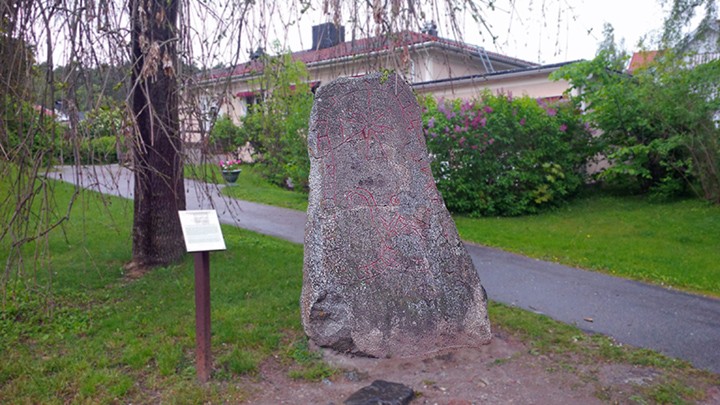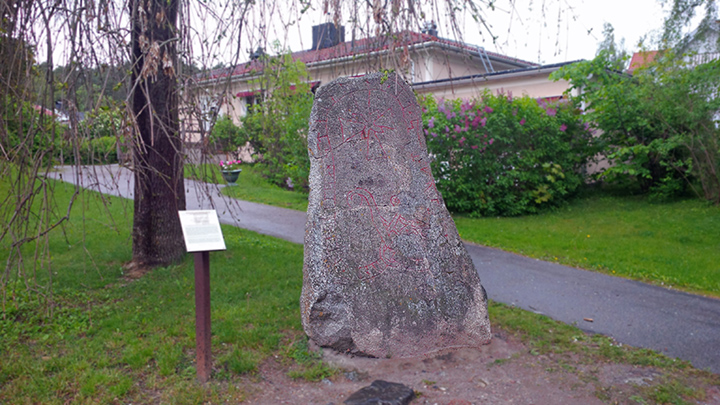
To most people, the Vikings were uncivilized brutes, who plundered and ravished Christian Europe during the Middle Ages. In fact, the Vikings (or Norsemen) were skilled explorers and traders, whose legacy can be seen in the small town of Sigtuna, Sweden.
The Vikings were descendants of Germanic tribes who settled in what is now Scandinavia. They were originally farmers, but became seafarers in the eighth century, perhaps seeking new lands for their heirs to cultivate. Using their technologically advanced “long boats,” Vikings ventured as far west as what is now Newfoundland and as far east as Constantinople, trading with the people they found and occasionally establishing settlements. If they learned that the people they encountered were not good fighters, they sometimes found it easier to plunder and steal than farm or trade, giving rise to their current reputation.
Lacking paper or parchment, Vikings wrote on stone slabs called “runestones” using phonetic letters formed by easy-to-carve straight lines. Runestones usually memorialized Viking dead but sometimes chronicled noteworthy accomplishments or identified property. The writing on runestones typically followed a serpentine path around the stone. After Vikings adopted Christianity in the 10th century, runestones often contained a cross.
Vikings founded Sigtuna in 980 A.D., making it the oldest town in Sweden. The current layout of the town follows the original Viking design and contains about 150 runestones, the most of any city in the world. Some runestones were reused as building material, but several remain upright and legible. Sigtuna, where Sweden’s coins were first minted, today has a population of about 8,500, but retains a medieval feel, with a picturesque main street, low wooden buildings and a magnificent thirteenth century brick Gothic church
Sigtuna, a 45-minute drive from Stockholm, provides an opportunity to learn about the Vikings. One lesson – their battle helmets never included horns.



